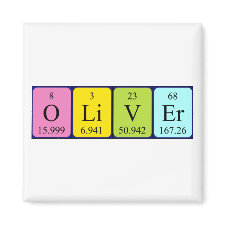
Authors: Dickert F, Hayden O, Lieberzeit P, Palfinger C, Pickert D, Wolff U, Scholl G
Article Title: Borderline applications of QCM-devices: synthetic antibodies for analytes in both nm- and mm-dimensions.
Publication date: 2003
Journal: Sensors and Actuators B: Chemical
Volume: 95
Issue: (1-3)
Page numbers: 20-24.
DOI: 10.1016/S0925-4005(03)00396-4
Abstract: Mass-sensitive devices are able to monitor both degradation processes of complex mixtures, such as automotive oils, and microorganisms by synthetic antibodies allowing detection of nm and mum particles. Pure ceramic materials (TiO2) were synthesised by a sol-gel process, e.g. from titanium(IV) alkoxides (Ti(OR)(4)) and imprinted by long chain carbonic acids. The sensor effect is based on the re-inclusion of oil oxidation products, e.g. carbonic acids. Surface imprinting with biological structures, such as microorganisms, yields pits for their adhesion and strongly enhanced mass-sensitivity of the sensor device. This effect depends very sensitively on both geometrical fitting and chemical interaction between the structured sensor layer and the analyte. Surprisingly, the specific interaction results in Sauerbrey and non-Sauerbrey sensor behaviours. (C) 2003 Elsevier B.V. All rights reserved



Join the Society for Molecular Imprinting

New items RSS feed
Sign-up for e-mail updates:
Choose between receiving an occasional newsletter or more frequent e-mail alerts.
Click here to go to the sign-up page.
Is your name elemental or peptidic? Enter your name and find out by clicking either of the buttons below!
Other products you may like:
 MIPdatabase
MIPdatabase









